
Dacia Jogger (2023-) Review

Introduction
It hasn’t been out long, but the Dacia Jogger has already made a name for itself as the UK’s cheapest seven-seat car. Ideal for families on a budget, the Jogger impressed with its space, practicality and price, as well as its agreeable road manners and its small and relatively efficient petrol engine. No wonder plenty of magazines deemed it their family car of the year in 2023.
But despite its youth, the Jogger has already had a bit of a light revamp, getting the new Dacia brand identity (apparently, the X graphic on the front is supposed to be a ‘D’ and a ‘C’ back-to-back), and a hybrid powertrain. But is the Jogger still the brilliant family bus it always was, and have the changes made a difference to a car that had already nailed its brief as budget family transport?
Select's rating score* - 4.2 / 5
At a Glance
The Jogger has never been the most visually pleasing car on the market, what with its massive rear end and near-vertical tailgate, but Dacia has modernised the car’s nose of late. The new brand identity (yes, that’s corporate speak for the X graphic) adorns the nose, with white accents in the grille and the lettering on the back. The overall effect is an improvement in design, and the high-end Extreme models (below) look particularly good with their rugged, off-road-inspired design.
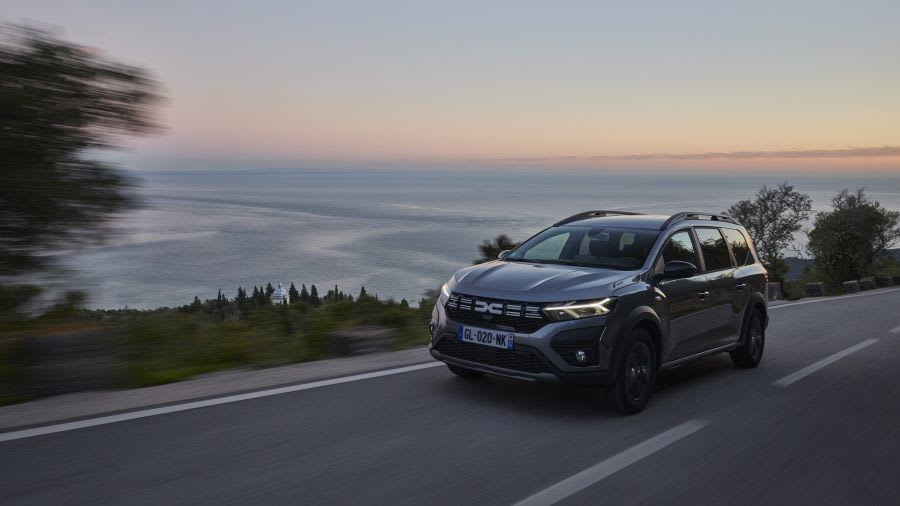
Inside, the design is hardly extravagant, but it looks clean enough and there are comfortable seats, as well as a touchscreen infotainment system in mid- and high-specification vehicles. There’s a swathe of cloth trim across the dash, too, adding a bit of visual interest, and hybrid versions get a digital instrument display.
Of course, the materials aren’t always first-rate — this is a budget family car, after all — but build quality is remarkably solid and space is, as you’d expect, plentiful. The boot is massive, and even with all seven seats upright there’s enough space for a bit of day-to-day baggage. The seats are big enough to take adults, too, so there’s no need to worry about passengers feeling cramped.
Customers have a choice of two different engine options, although those who regularly carry seven might prefer the more powerful of the two. That’s the Hybrid 140, with its 1.6-litre petrol engine and electric motor, which combine to provide 140hp. That goes to the front wheels via a six-speed automatic gearbox, and provides adequate performance, even with a full vehicle.
But some might prefer the 1.0-litre TCe petrol engine, with 110hp and a six-speed manual gearbox. It’s a bit sluggish with a car full, but its 11.2-second 0-62mph time is more than sufficient for driving around with one on board. Either way, the Jogger drives nicely, albeit not that sportily. It isn’t a car for the keen drivers, but it’s comfortable and smooth and well suited to transporting families.
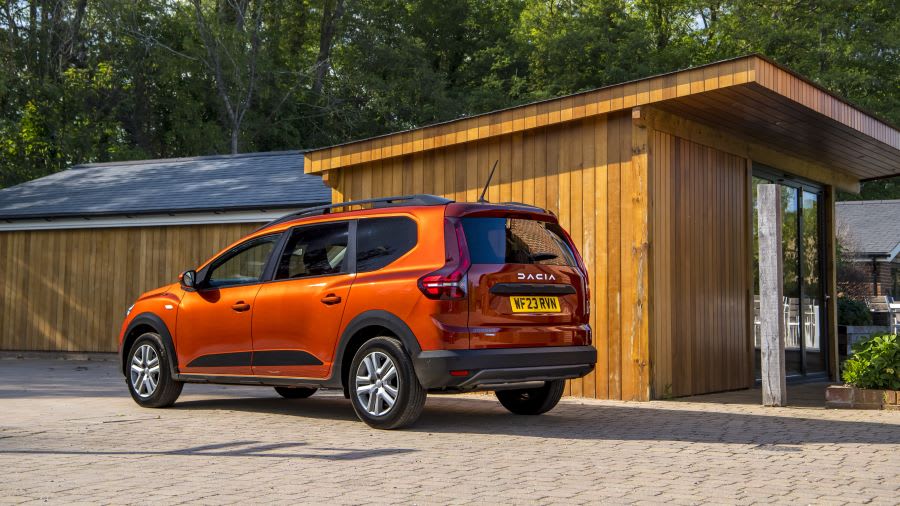
Key Features
Value aside, quite literally the biggest deal about the Jogger is the space available inside. Although the car has a smaller footprint than a BMW 3 Series, there’s still space for seven people to sit in relative comfort, with even those two rear seats proving capable of carrying a fully grown adult. And if you fold those seats down or even remove them from the car altogether (they come out quite easily, but you will need to stow them somewhere), then the boot space is enormous.
Admittedly, while the Jogger’s interior is far from the most premium cabin on the market, Dacia has done a decent job of making it look sufficiently upmarket. Cleverly, the brand has used cloth trim on the dashboard to give it some softness and style without increasing the price, and it has combined that with surprisingly robust build quality to ensure customers don’t feel short-changed. Combine that with the space, the touchscreen infotainment system, and supportive seats, and though the Jogger never pretends to be posh, it’s a comfortable place to spend time.
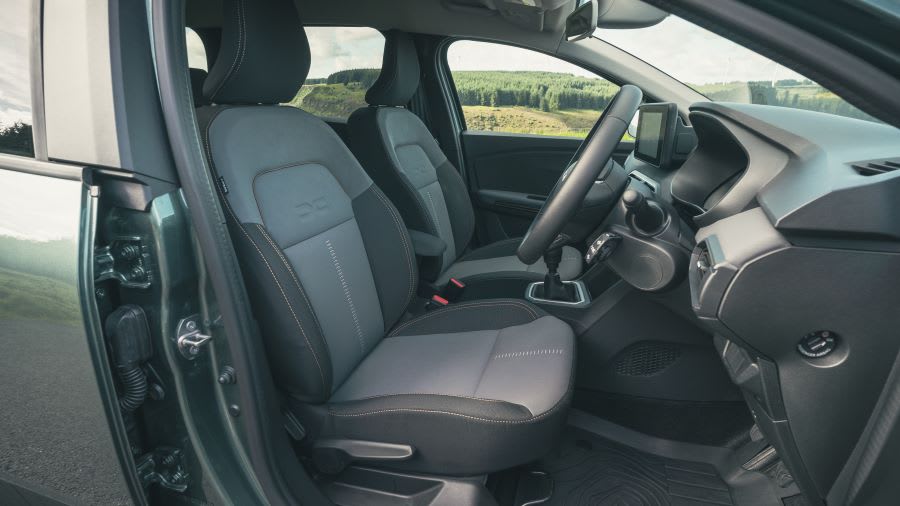
Performance & Drive
The Jogger is offered with a choice of two small, efficient powertrain options, one of which is much more complicated than the other. The basic option is the TCe 110, a 1.0-litre turbocharged petrol engine that produces, as the name suggests, 110hp. That heads to the front wheels via a six-speed manual gearbox, and allows the car to accelerate from 0-62mph in a leisurely 11.2 seconds. In truth, it’s a fairly sweet engine that makes a pleasant hum and proves reasonably efficient, while also offering adequate performance. It won’t make headlines, but it does the job, as long as you don’t have seven adults on board.
Those that regularly carry lots of people or heavy loads will probably prefer the TCe 140 Hybrid option, which combines a 1.6-litre petrol engine with an electric motor that lives inside the six-speed automatic gearbox. Admittedly, that’s a simplification of how the complex system works, but the upshot is a car that can use electric power alone when the engine isn’t under much stress. So while you get the full 140hp from both motors as you accelerate, lifting off the throttle will see the engine shut down and the electrical system take over.
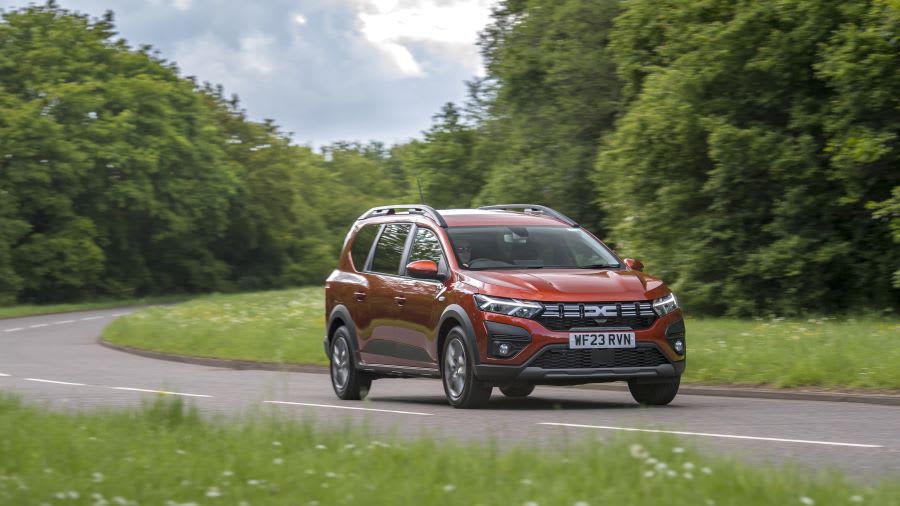
In fact, the electric motor takes the strain surprisingly often in that car, although the system isn’t quite as refined as you might expect. But it goes about its work with minimum fuss, and it’s the only way of getting an automatic gearbox. It’s also the more efficient of the two, and with 30hp more than its sister powertrain, it’s also the faster option. Everything is relative, though, and a 10.1-second 0-62mph time is sufficient, rather than spectacular.
Which is something of a metaphor for the way the Jogger drives. It’s no surprise that the Jogger is hardly sporty, but it’s very well suited to family life, with light steering that offers a linear and predictable response, and supple suspension that soaks up the worst of the bumps. Of course, the comfort is helped somewhat by the relatively small wheels, but it’s still a welcome feature in a car that will spend its life lugging families around, and not tearing down back roads.
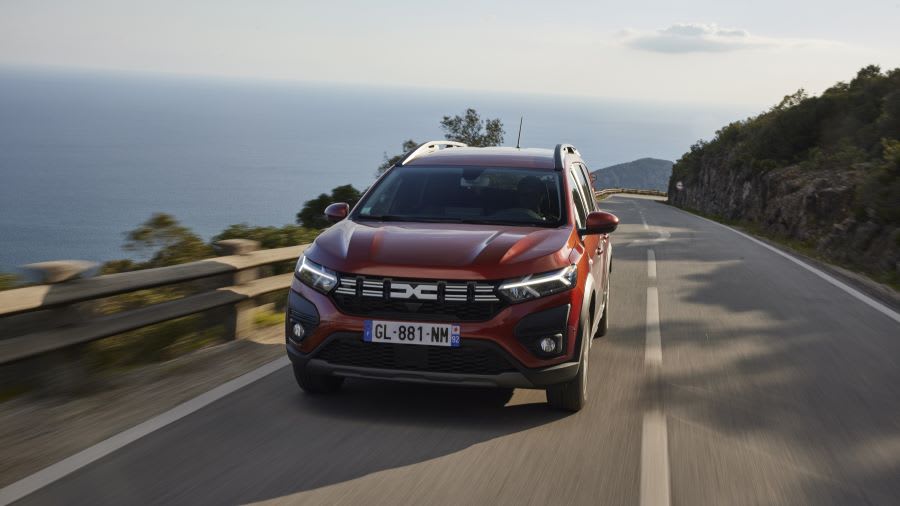
Not that the Jogger can’t do a bit of that. It’s hardly fast, but the big body is surprisingly well controlled, so passengers won’t feel too poorly on a quicker country road. It’s still very much a car designed for suburban environments and motorways, but it can cope elsewhere.
The Extreme model (below) will even deal with a little light off-roading, thanks to its high ride height and body cladding, as well as the Extended Grip feature, which is essentially clever traction control. Rather than using all-wheel-drive, the system just modulates the power delivery to maximise traction from the two front wheels on slippery surfaces.
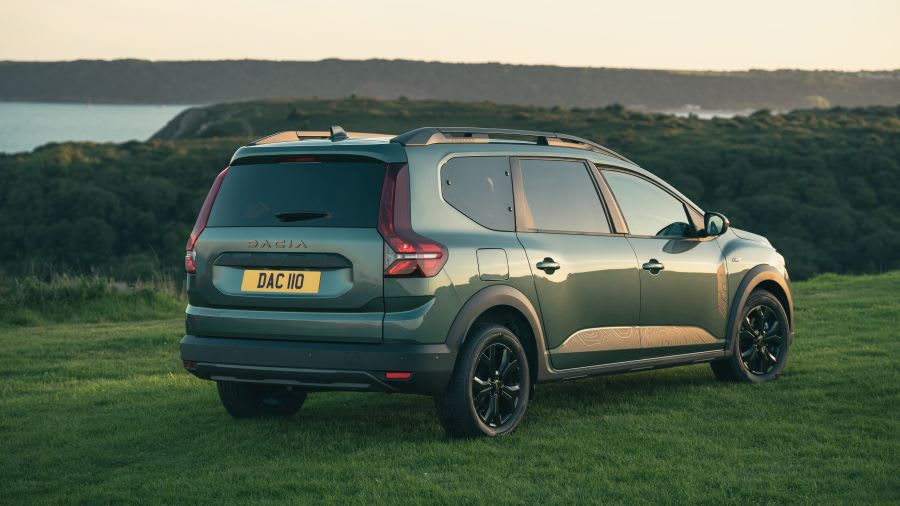
Running Costs & Emissions
Choosing between the two engines will largely come down to what you need from your Jogger, but there are efficiency trade-offs to be made. On paper, at least, the TCe 140 Hybrid is the most efficient, returning 57.7mpg on the official economy test. The TCe 110 is slightly less fuel-efficient, but 48.7mpg is not to be sniffed at. And on a long run, both cars will manage something around the 50mpg mark, which makes the difference fairly minimal.
The big difference might come for company car drivers, for whom emissions are king. The TCe 140 Hybrid’s 109g/km CO2 emissions mean it’s the cheaper of the two in terms of Benefit-in-Kind (BiK) taxation, but with the TCe 110 only emitting 130g/km and costing slightly less to buy, the difference is, again, small.
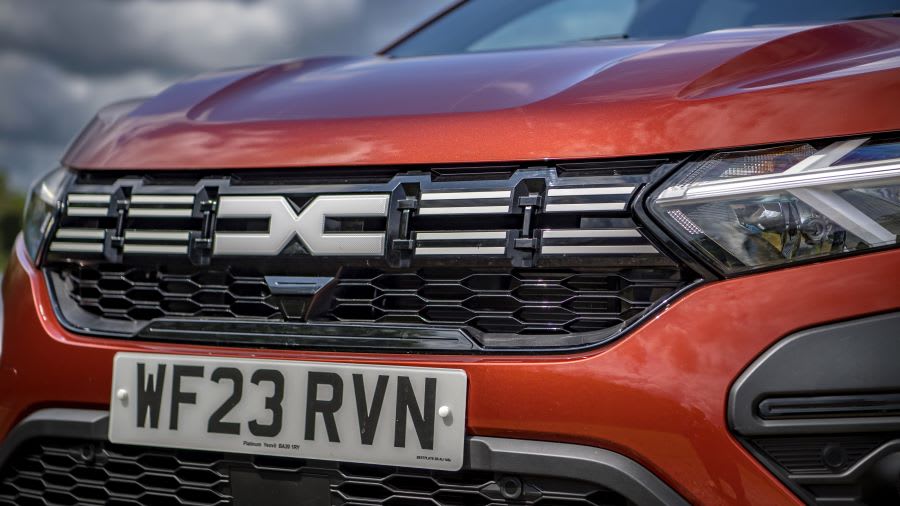
Interior & Technology
Because the Jogger’s cabin is more about space than style, it’s no surprise to find a relatively unremarkable interior. In fact, basic Essential versions get an instrument cluster, steering wheel, air vents and not a lot else. Yes, you can charge your phone via USB and use that for navigation, and you can listen to digital radio, but there isn’t even a touchscreen. That’s rectified on mid-range Expression models, though, which get a touchscreen with smartphone integration technology and proper climate control, while the hybrid versions come with a digital instrument cluster.
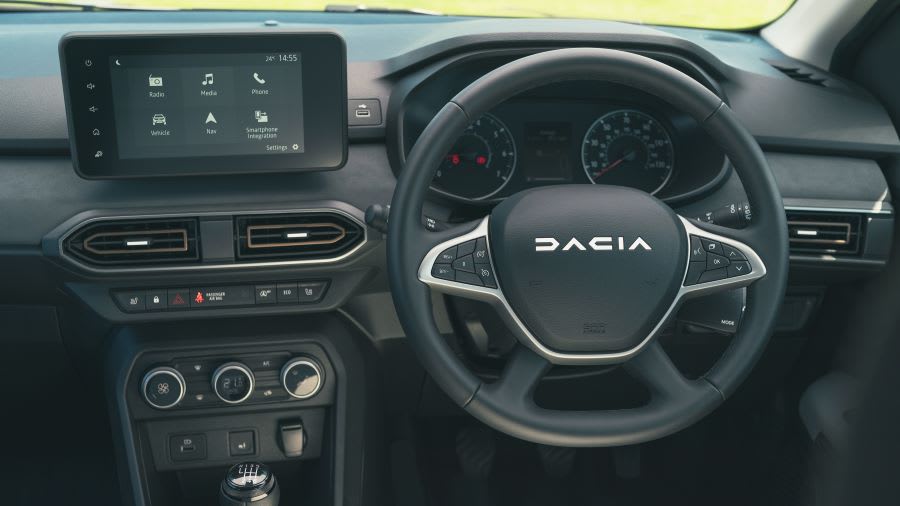
Admittedly, even when the technology is fitted, it isn’t all that exciting. Of course, you can listen to the radio and pair your phone using Apple CarPlay or Android Auto to access navigation and the like, but it’s a simple, functional system, rather than a fancy one. Still, there’s nothing wrong with that, and though the screen isn’t the sharpest, it is perfectly functional and well up to the task.
The digital instrument display in TCe 140 Hybrid models is respectable, too, although it is far from the cleverest system out there. But it’s clear, easy to read and moderately configurable, with a few different displays if you want them. In truth, though, it shows you everything you need to see in a really concise way, so there’s no need to fiddle with it.
That technology is combined with surprising quality for something built to such a low price. While it’s true that the materials aren’t always great, particularly on the doors and lower down in the cabin, it’s all screwed together pretty well, and buttons such as those on the steering wheel feel remarkably substantial and robust. Mid- and high-specification cars also get a swathe of cloth trim across the dashboard, which is a cheap but effective way of making the cabin feel that little bit less dour, and giving it a more welcoming ambience.
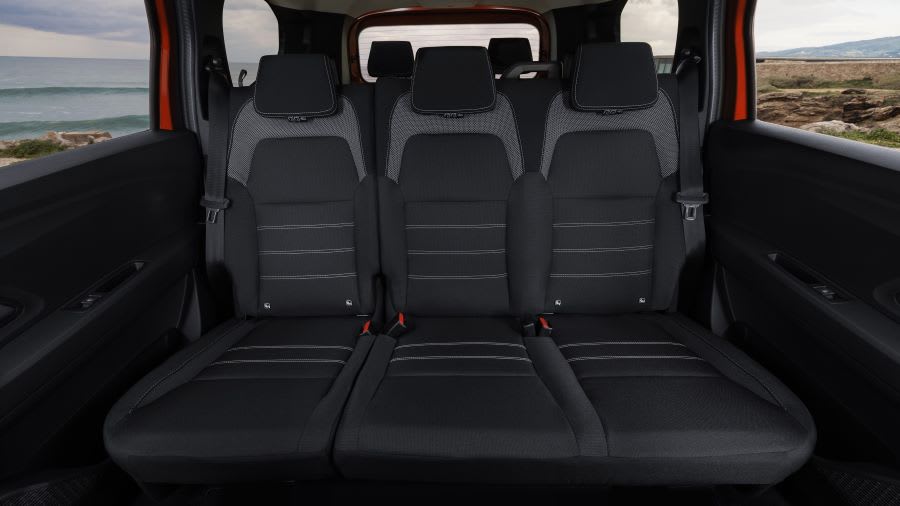
Practicality & Boot Space
Although the Jogger might look a bit ungainly, it isn’t short of space in any way. First of all, it’s big enough to take seven seats, and we aren’t talking about occasional pews that require the occupant to become a contortionist whether they like it or not. You really can get two adults in the rearmost seats, and you can use the other five seats at the same time. Even if the central seat is a bit cramped.
But if you don’t need the seats, you can lift the two back ones out. It only takes a few minutes, and though you need to find somewhere to put them, they don’t take up too much space. But removing them certainly gives you plenty of space. Even with all seven seats upright, you still get 160 litres of cargo capacity, and that’s just with the boot filled to the window line. Take the back seats out, however, and the boot grows to a mammoth 599 litres, while folding and tumbling the middle row gets you more than 1,800 litres of carrying capacity. That’s getting on for van-like levels.
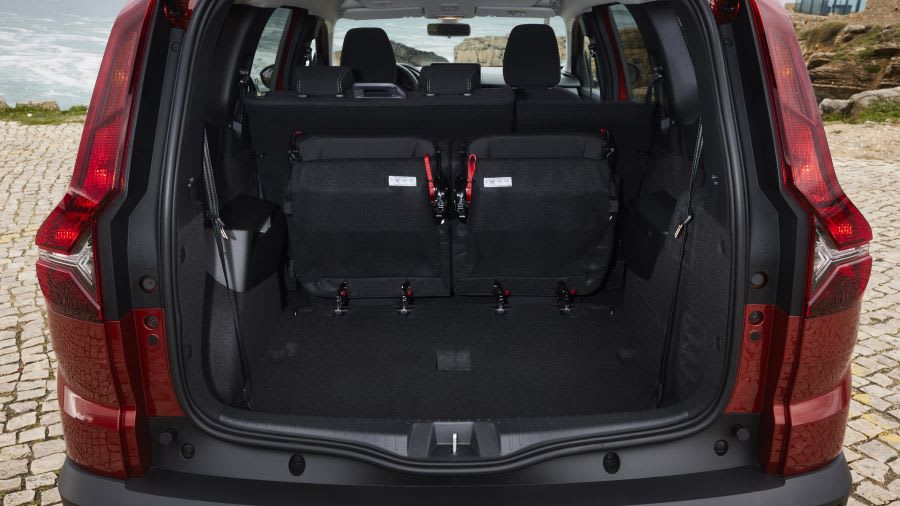
Safety
This is something of a contentious issue, but let’s get the headline out of the way first. The Jogger received a one-star crash test rating from Euro NCAP, which will be enough to put plenty of buyers off. And rightly so. It’s appalling. However, there are a few issues with that rating that make it more or less irrelevant.
For a kick-off, Euro NCAP has never crash-tested a Jogger. Instead, it used results from the Sandero Stepway, with which the Jogger effectively shares a front end, and some data from the Jogger’s spec sheet. The test also places huge emphasis – some would say undue emphasis – on collision avoidance tech that the Jogger misses out on due to its low price tag. Questions have been asked about whether this should be a separate rating, but Euro NCAP persists.
All of which means the Jogger’s rating is not necessarily accurate, although it isn’t necessarily inaccurate, either. Because it’s a budget model, it doesn’t have the equipment you get in premium seven-seat SUVs, so it probably won’t be as safe as a BMW X5. But then the big BMW isn’t really a competitor. Either way, the Jogger’s safety assistance technology is limited by the standards of upmarket models, but cruise control and parking sensors are fitted as standard, while a reversing camera and front parking sensors come in on mid-range models. Anti-lock brakes, autonomous emergency braking and stability control are all fitted to every model in the line-up, too.
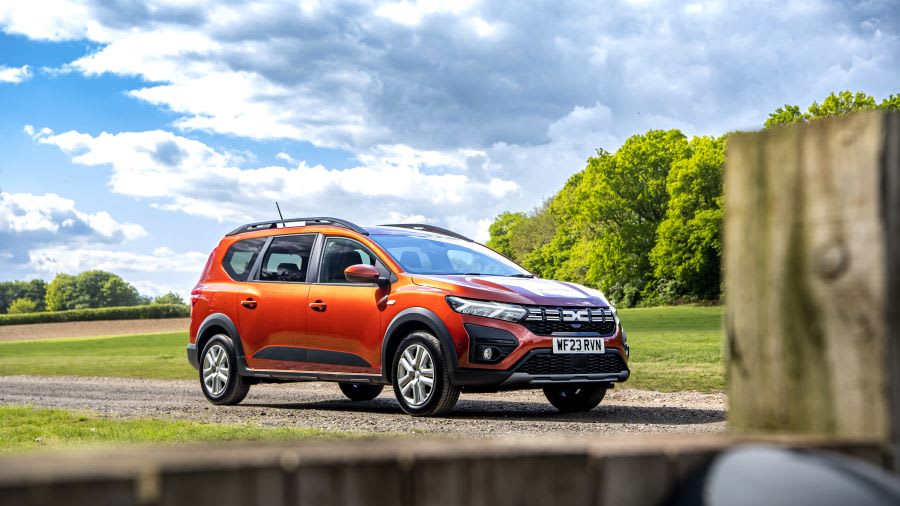
Options
The Jogger is offered with a choice of three different trim levels, ranging from the basic Essential to the range-topping Extreme. Unsurprisingly, the Essential is quite well pared back, with just a radio, manual air conditioning and steel wheels, but you do get rear parking sensors and cruise control, as well as a DAB radio and a USB port into which you can plug your phone. Bluetooth connectivity is standard, too, as are the roof rails that swivel to create a full roof rack.
But it’s the mid-range Expression that makes the most sense. Not only is it the lowest-specification Jogger to offer both the TCe 140 Hybrid and TCe 110 petrol engines (the Essential only gets the TCe 110), but it’s also much more promisingly equipped, despite only commanding a £1,300 increase in list price. As part of the upgrade, you get an eight-inch touchscreen with Apple CarPlay and Android Auto, and you get climate control, front and rear parking sensors, and ‘keyless’ entry. A reversing camera is standard, too.
To get alloy wheels and satellite navigation, however, you’ll need the top-end Extreme model, which also gets heated front seats as part of its more outdoor-orientated specification. But for most customers, the Expression will be the Jogger to go for, with just enough equipment for the majority.
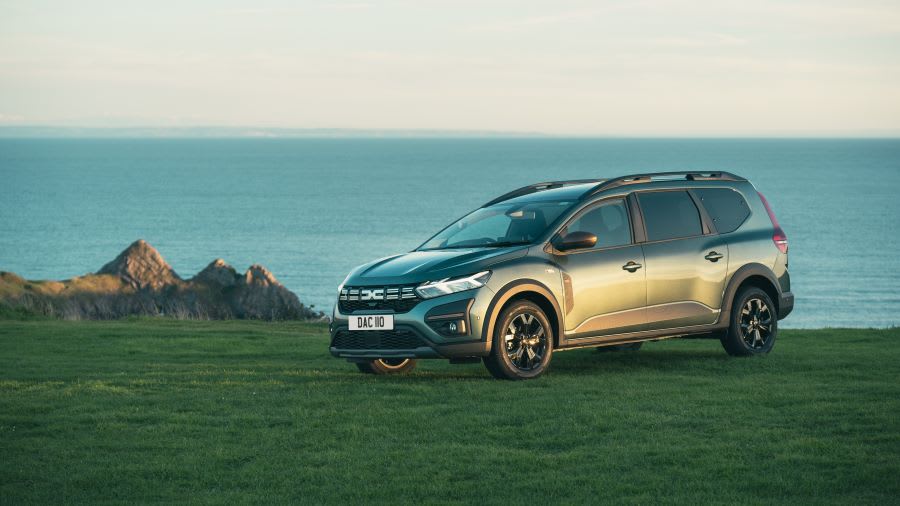
Rival Cars
The Jogger doesn’t have many rivals, primarily because traditional MPVs are a rapidly dying breed and partly because nothing can compete on price. About the closest thing you’ll get is a Skoda Kodiaq, Nissan X-Trail (below) or Seat Tarraco, all of which are incredibly competent seven-seat SUVs, but also cost a fair bit more.
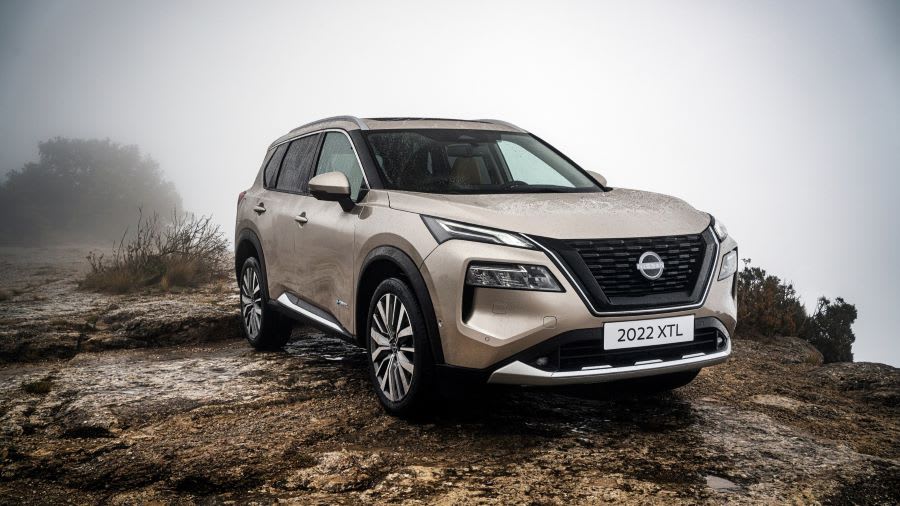
Admittedly, lease rates mean the price difference between the SUVs and the Jogger may not be as large as the gap between the RRPs, but even so, you’ll likely spend more on any of those three SUVs. That said, our pick would be the Kodiaq, which is easy on the eye and well made, as well as being roomy. That said, the Tarraco is closely related to the Kodiaq – they’re essentially the same car underneath – and those considering a Jogger hybrid might be drawn to the Nissan’s promise of reliability and efficient hybrid powertrains.
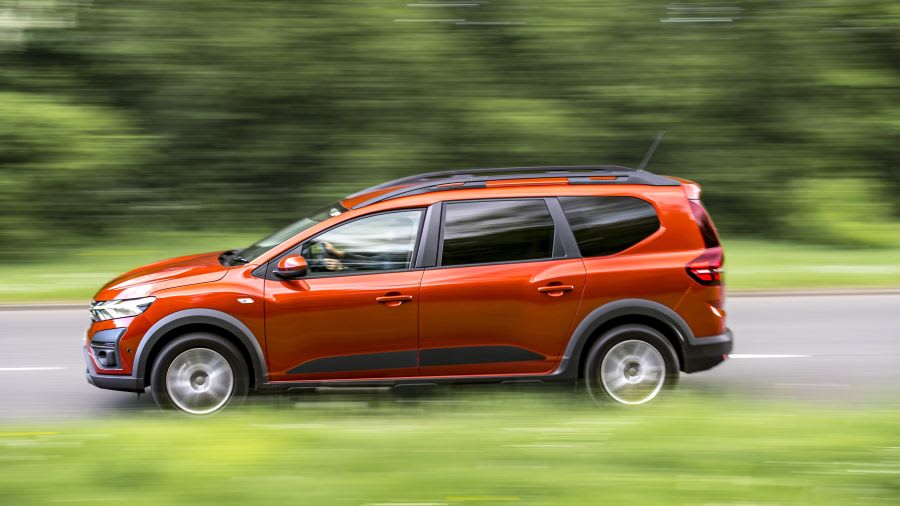
Verdict & Next Steps
The Jogger is not perfect by any means, but it’s still peerless when it comes to value for money. Nothing offers this much space and seating for seven without charging considerably more money every month. And that, in a nutshell, is what the Jogger does brilliantly. For those who want space without the frills, it’s the ideal family car, but it’s still more than just a well-priced box on wheels. It drives acceptably, it’s pretty frugal and despite the cheapness, the cabin still feels reasonably well made. It isn’t just good value; it’s a decent car, too.
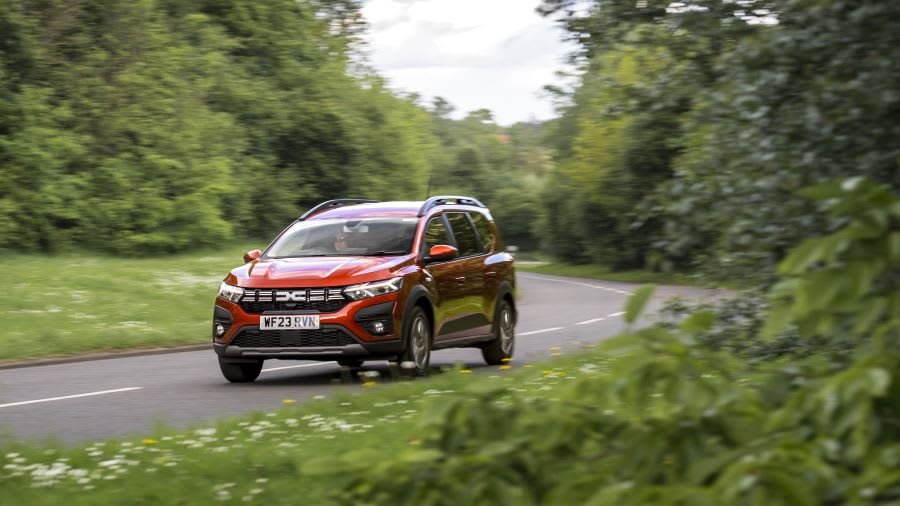
Where to next?
View latest Dacia Jogger seven-seater lease deals - from just £270 per month inc VAT**.
Call us on 0118 3048 688 or hit the green 'Enquire' button for more details.
Looking for a great leasing deal? Check out our incredible range of Special Offers and Lease Deals.
New SUV? Read our latest Reviews and find the right model for you.
Want to know more about leasing? Take a look at our comprehensive Leasing Guides.
Interested in everything motoring? Why not catch up on all the latest Car Leasing News.
**Score based on Select’s unique meta score analysis, taking into account the UK’s top leading independent car website reviews of the Dacia Jogger.
**Correct as of 08/04/2024. Based on 9 months initial payment, 5,000 miles annually, over a 48 month lease. Initial payment equivalent to 9 monthly payments, or £2,425.86 (Plus admin fee) Ts and Cs apply. Credit is subject to status.
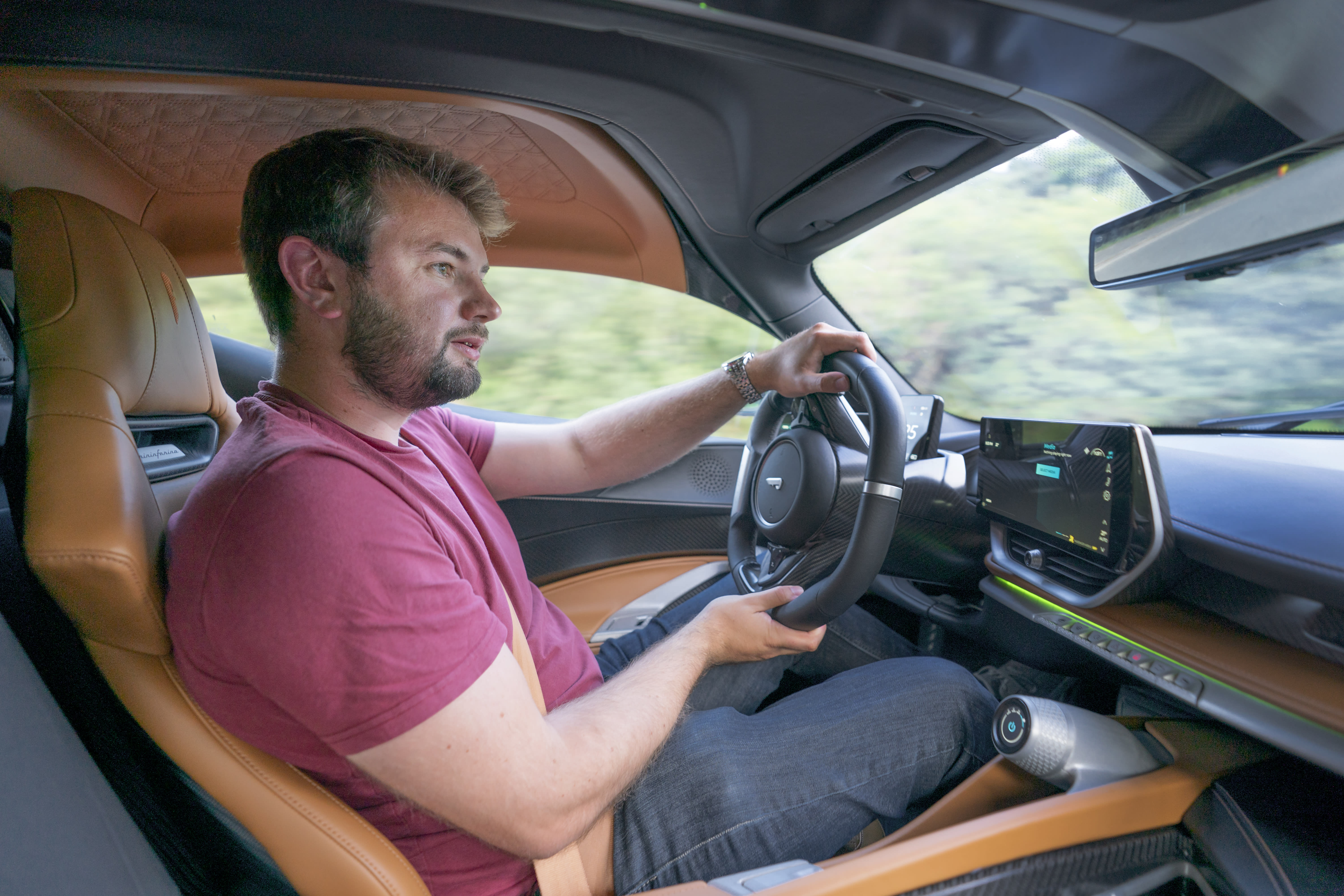
.jpg)

















